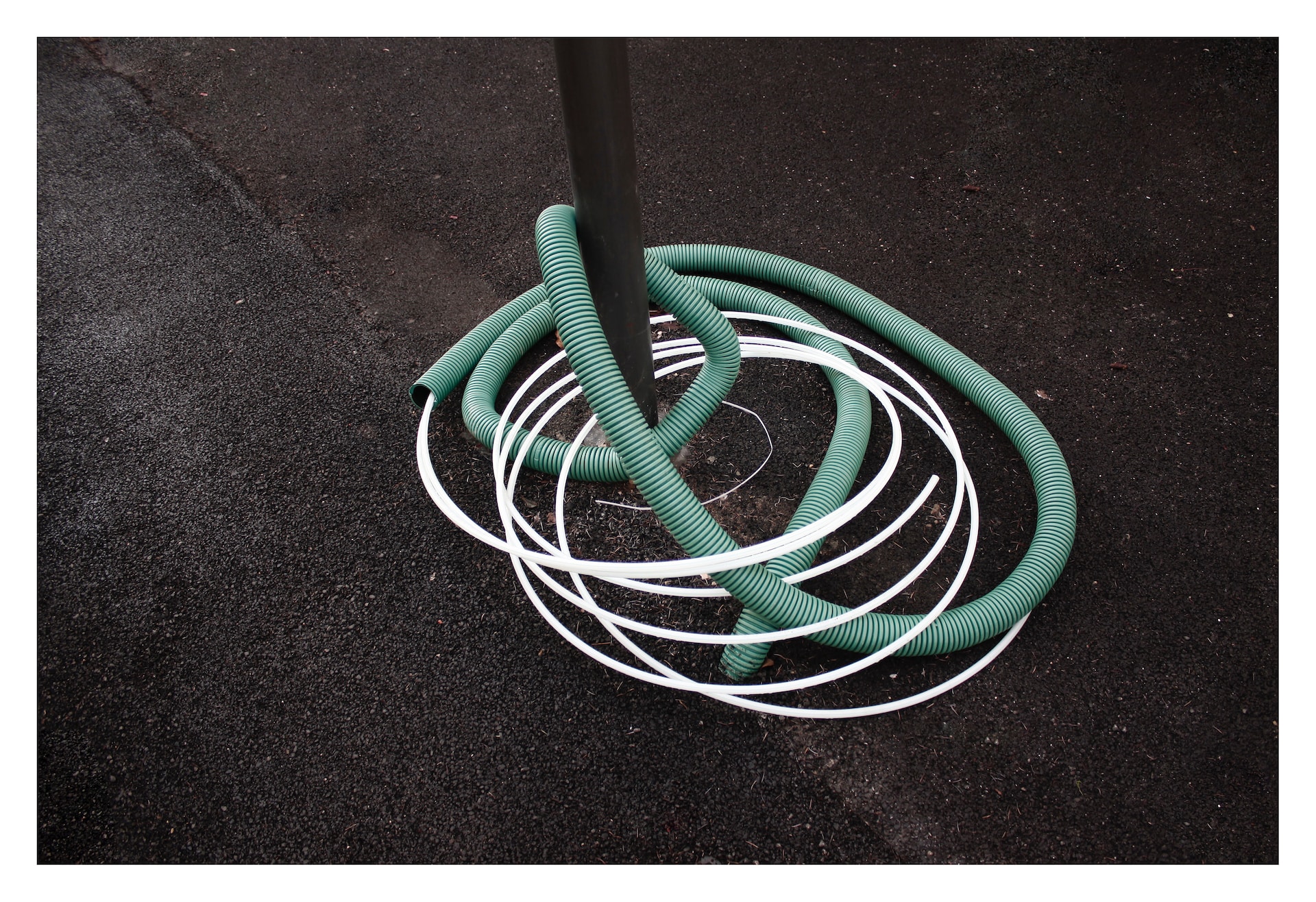Every step taken in the direction of sustainability is important in the modern world, where resource depletion and climate change are grave problems.
Water is one resource that demands our attention since it is both valuable and limited. An eco-aware concept and lifestyle that is in harmony with the environment can be attained by implementing the practical, everyday tactics discussed in this article.
Here are some practical ways to reduce water waste and save water in your house:
1. Fix leaks immediately
If left unchecked, even the slightest leak in your home can result in severe water loss and water damage.
On a daily basis, minor things like running toilets, dripping faucets, and leaking shower heads may appear harmless. But the lost water can amount to thousands of gallons over the course of a year.
The US Environmental Protection Agency estimates that household leaks countrywide can waste up to 1 trillion gallons of water per year. That is the same amount of water used annually by more than 11 million houses!
Checking your water meter before and after a two-hour period when no water is being used is an easy approach to finding hidden leaks. You most certainly have a leak if the meter does not read exactly the same. Reduce water waste by doing routine maintenance on your plumbing system.

2. Handle blockages quickly
Drain blockages can result in overflows and excessive water use. Some individuals may attempt to clear clogged drains by turning on the water at full blast, but this can waste a lot of water. Some people might use chemical drain cleaners, which can be bad for the environment even though they work well.
Utilizing bio-enzymatic drain cleaners would be a more environmentally friendly alternative. These cleaners are less harmful to the environment and your pipes because they use natural enzymes or bacteria to dissolve the clog.
Without using a lot of water or dangerous chemicals, a professional plumber can clear blocked drains with strong water jets and physically remove more difficult clogs. Pros can also examine pipes, locate damage, and repair it, permanently reducing water waste.
In a word, efficient drain management can significantly cut down on water waste in your home.
3. Invest in water-efficient appliances
There are currently many water-efficient appliances that you can utilize in your home thanks to the tremendous advancements in domestic appliance technology over time.
Look for products with the Energy Star or WaterSense designations when it’s time to replace your washing machine, dishwasher, or even your toilet. These certificates show that the device complies with requirements for water efficiency, potentially saving thousands of gallons of water annually.
These appliances use a small fraction of the water of their conventional counterparts while providing the same performance. Although switching to new appliances can involve an initial expenditure, the long-term water bill savings and your contribution to water conservation make it a sensible financial and environmental choice.

4. Be mindful of your daily water usage
If you want to reduce water usage, it might be smart to also examine yourself and your water usage habits.
Take into account your customs and routines:
- Are you cleaning dishes or brushing your teeth while the faucet is still running?
- Do you bathe for 20 minutes each time?
- Are you washing your car with too much water or overwatering your lawn?
Even the plants you choose for your garden can have an impact on how much water you use. Choose local species that are adapted to your region’s climate and need less watering. Your water footprint can be greatly reduced if you pay attention to these areas of your life and make small adjustments.
5. Install a rainwater harvesting system
Installing a rainwater harvesting system in your home is one of the most creative and environmentally responsible solutions to conserving water. With this system, rainwater from your roof is collected, directed into a storage tank, and used for a variety of tasks.
Once it has been properly treated, this rainwater can be used to wash automobiles, irrigate plants, flush toilets, and even do laundry.
Rainwater harvesting systems can be tailored to your needs and the local rainfall pattern and are simple to install and maintain. You are adopting a sustainable and environmentally aware way of life by using a natural and replenishable resource like rainwater.

Conclusion
In our houses, we use water in a variety of ways.
By making deliberate decisions to save water in your house, whether by promptly repairing leaks, purchasing water-efficient appliances, monitoring our daily water usage, setting up a rainwater harvesting system, or properly addressing clogged drains, we are having a positive impact on our environment, our neighborhood, and our planet.
By putting these tactics to reduce water waste and save water in your house into practice, we join a movement toward change and adopting a sustainable lifestyle that values water. Let’s accept our duty as stewards of this priceless resource and keep in mind that every drop conserved is a step toward a sustainable future.
Lilly Miller is a Sydney-based graphic designer and a passionate writer. Loves everything about home decor, art history, and baking. She shares a home with two loving dogs and a gecko named Rodney.

